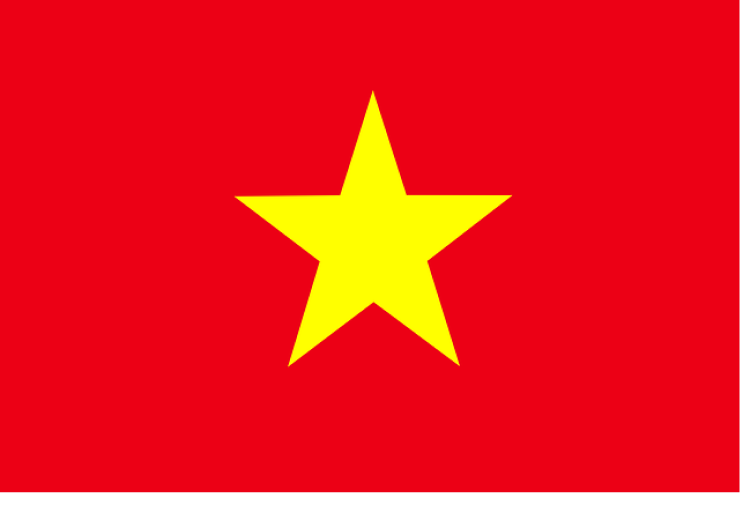This article provides an overview of Golang, Google's open-source programming language. It covers Golang's origins, its key features, common use cases, the pros and cons of using it, and how it compares to Python. Whether you're considering adopting Golang or simply want to learn more, this guide offers valuable insights into the language.
What is Go or Golang Language?
Go Programming Language, commonly known as Golang, is an open-source programming language developed by Google. It was created to simplify software development while maintaining high performance and scalability. Go is a statically typed and compiled language, combining the efficiency of lower-level languages like C++ with the ease of use associated with higher-level languages like Python. Since its public release in 2012, Golang has become popular for its simplicity, speed, and strong support for concurrency.
History and Background
Golang was designed by Robert Griesemer, Rob Pike, and Ken Thompson at Google in 2007 to address challenges faced in managing Google’s growing codebase. The language was publicly released as an open-source project in 2012, quickly gaining traction among developers due to its focus on simplicity, reliability, and efficiency. Golang was built to improve productivity by eliminating many of the complexities that existed in other languages used at Google, such as C++ and Java.
What Is Golang Used For?
Golang is a versatile language with a wide range of applications across different domains and is commonly used for the following:
Cloud & Network Services: Golang is ideal for building scalable cloud and network services, thanks to its strong ecosystem of tools and APIs supported by major cloud providers.
Command-line Interfaces (CLIs): Go is frequently used to create fast and efficient command-line interfaces due to its robust standard library and the availability of open-source packages.
Web Development: With enhanced memory performance and support for various IDEs, Go is well-suited for developing fast, scalable web applications.
Development Operations & Site Reliability Engineering (DevOps & SRE): Go supports DevOps and SRE through its fast build times, lean syntax, and features like automatic formatting and documentation generation
Pros and Cons of Go Programming Language
Pros:
Simplicity: Go's clean and straightforward syntax makes it easy to learn and write.
Performance: As a compiled language, Go offers fast execution and efficient memory usage.
Concurrency: Go’s goroutines allow for simple yet powerful concurrent programming, making it great for scalable applications.
Robust Standard Library: Go’s extensive standard library supports many common programming tasks, reducing reliance on third-party libraries.
Strong Community: Go benefits from an active community and comprehensive documentation, which aids in learning and problem-solving.
Cons:
Verbose Code: Go can require more lines of code to perform tasks that might be simpler in other languages like Python.
Lack of Generics: The absence of generics can lead to repetitive code, which can be cumbersome in complex projects.
Limited Ecosystem: Compared to older languages, Go has fewer third-party libraries and tools, which may limit its use in some scenarios.
Is Golang Better than Python?
The comparison between Golang and Python often depends on the specific needs of a project:
Ease of Use: Python is known for its simple, readable syntax, making it a favorite for beginners and rapid development. Go, while also simple, may require more code for the same tasks, though it offers better performance.
Performance: Go is generally faster than Python because it is a compiled language. This makes Go more suitable for performance-critical applications.
Concurrency: Go excels in handling concurrent tasks thanks to its built-in support for goroutines, whereas Python's concurrency support is less efficient due to its Global Interpreter Lock (GIL).
Use Cases: Python’s extensive libraries make it ideal for data science, AI, and web development, while Go’s strengths lie in systems programming, cloud services, and infrastructure tools.
In summary, Golang might be better for performance-oriented and scalable systems, whereas Python remains a strong choice for general-purpose programming, rapid prototyping, and fields like data science.
Conclusion
Golang offers a compelling mix of simplicity, performance, and concurrency, making it a powerful tool for modern software development. While it has limitations, such as the lack of generics and a smaller ecosystem compared to older languages, its strengths in scalability and efficiency make it an excellent choice for certain types of projects, particularly those involving cloud computing, web services, and microservices architecture. Whether Golang is better than Python depends on the specific requirements of your project, but it is undoubtedly a language worth considering for many developers.
















